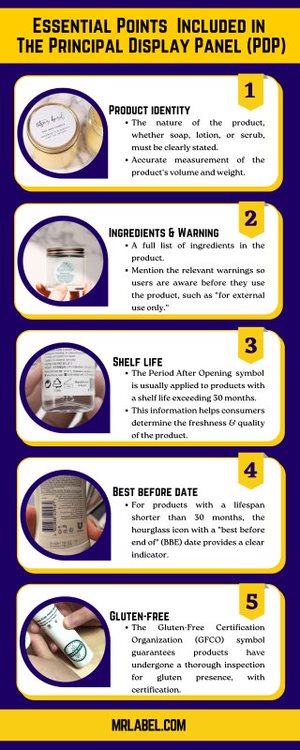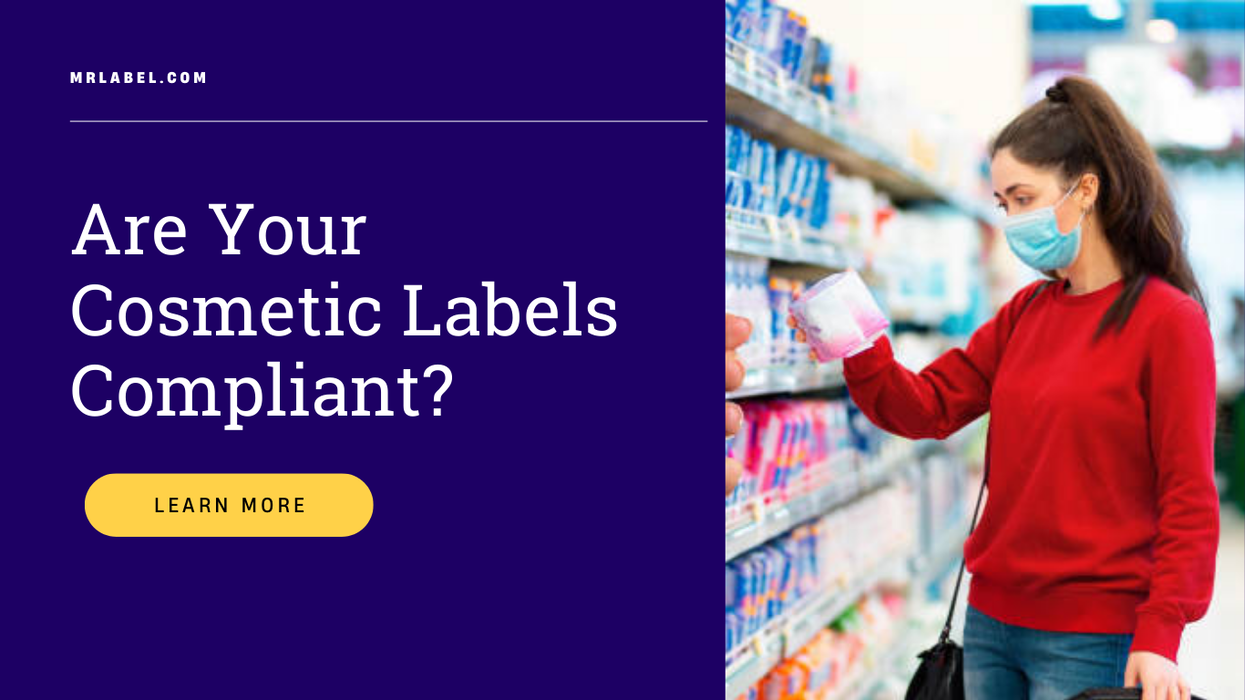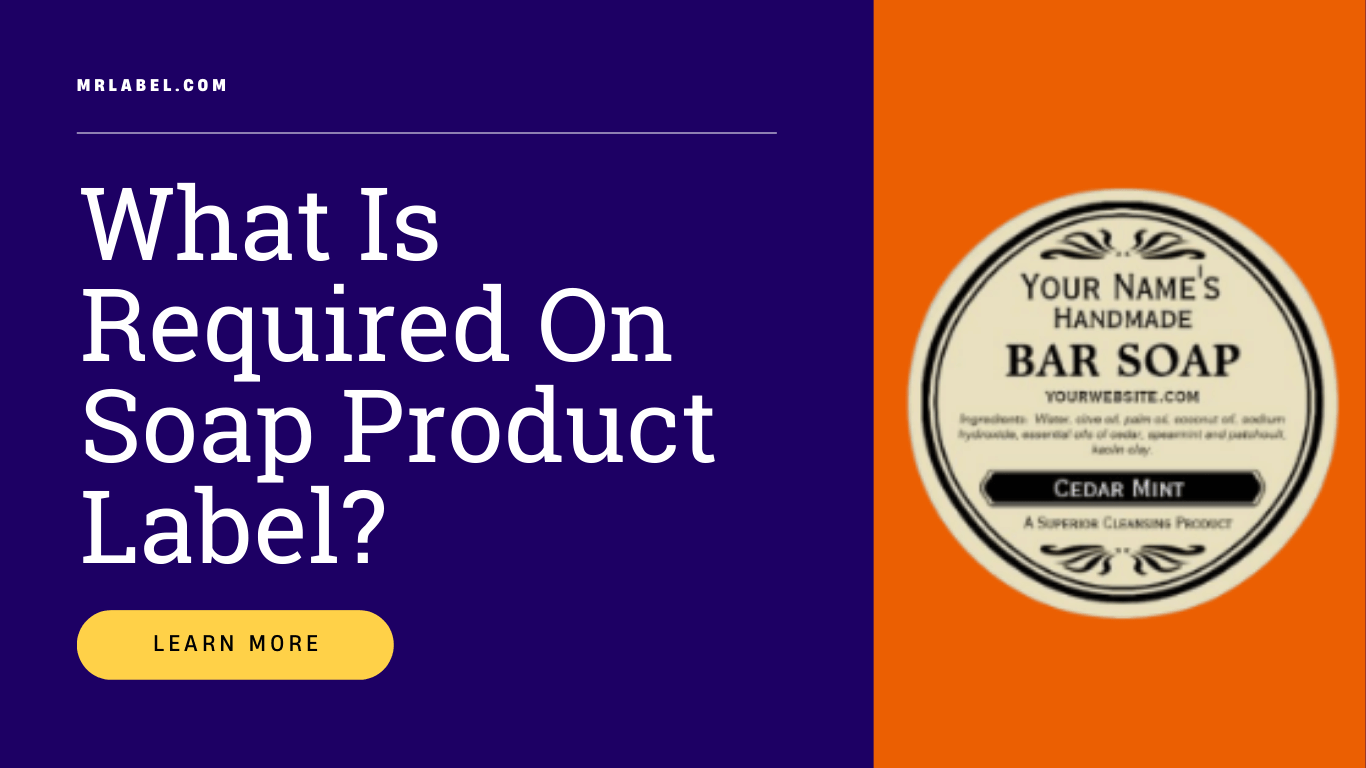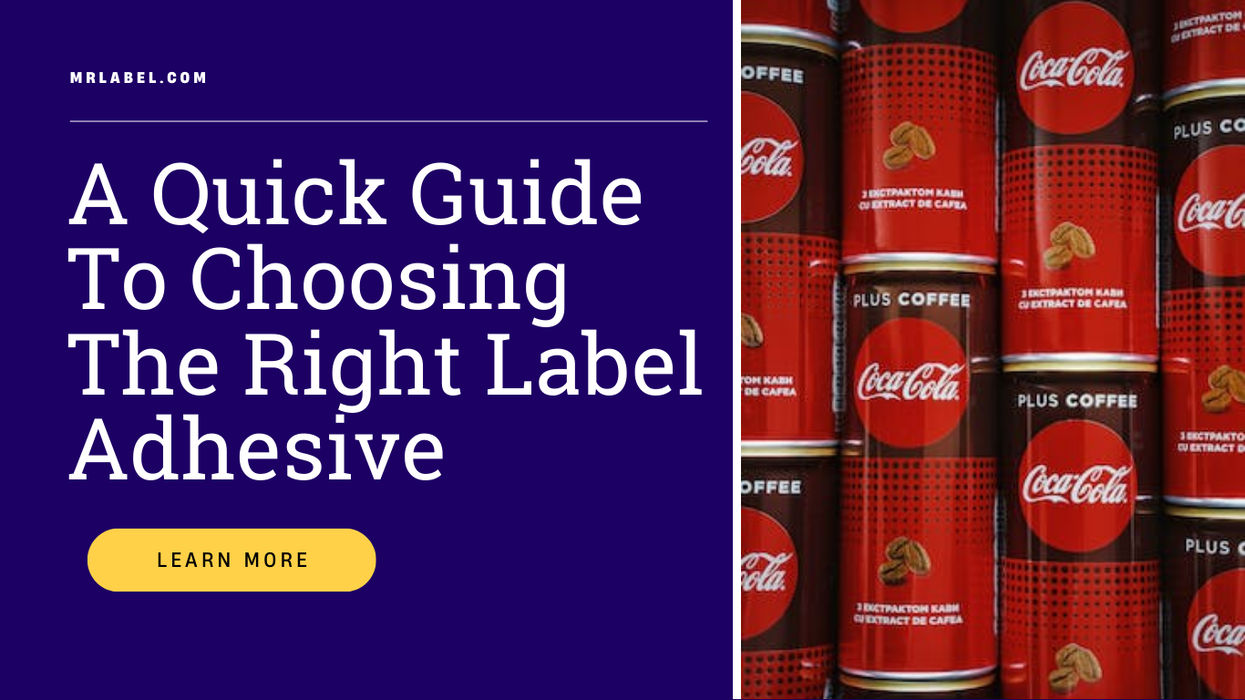Cosmetics are some of the few products known by their label. While the packaging’s contents are all that matters, labels can play an integral role in brand image. However, no matter how glittery or attractive these labels are, they must comply with the rules set by regulatory authorities.
Are your cosmetic labels compliant? Let’s see what this question means and the rules to consider when designing the label.
The FDA and Cosmetic Labels
The Food and Drug Administration (FDA) regulates all consumer goods in the U.S. The strict policies set by FDA can be difficult to follow, but it is a must for all cosmetics. To safeguard consumers against the potential hazards of using subpar or unethically produced cosmetics, the FDA stresses avoiding misleading labeling practices.
While the FDA oversees the regulation of beauty and cosmetic items, it also checks on manufacturing practices to ensure cosmetics are safe for use. The manufacturers must be fully aware of the FDA regulations so that they can follow them closely and ensure quality products.
As far as cosmetic labels are concerned, the FDA has outlined rules for manufacturers to put information such as ingredients, expiration dates, and other related things on the label. If the manufacturer does not comply, they can be penalized for this.
Additionally, there are prerequisites necessary to ensure that the cosmetic labels meet the standards. It is vital to thoroughly review both federal and state regulations before finalizing the cosmetic label orders.
What Goes In Cosmetics?
According to the definition shared by the FDA, cosmetics are all kinds of products that are used on the human body for hygiene, beautification, enhancing attractiveness, and aesthetic appeal. These cosmetics should not have any permanent effects and must be free from any harmful chemicals that are prohibited in the USA.
Cosmetics include daily use materials like creams, shampoos, and lotions, and This category includes an array of items such as lipsticks, eye makeup, concealers and face primers, creams, lotions, perfumes, foundation, nail polishes, eye makeup, shampoos, conditioners, and even hair dyes and hairstyling creams and gels.
You may have observed that soaps are not included in cosmetics because of what goes into soap. The primary component of soap is fatty acids and alkali salts.
The label of any cosmetic must inform the users about all that goes on in them so that they can make a conscious choice. Moreover, the Principal Panel Display (PDP) must provide full information according to the FDA guidelines.
What is PDP?

The principal display panel, or the part that gives away all the information on the label, has to be visible and legible. Here are some essential points that must be mentioned in the PDP:
Product identity: The nature of the product, whether soap, lotion, or scrub, must be clearly stated.
Net contents: Accurate measurement of the product’s volume and weight.
Ingredients: A full list of ingredients in the product.
Warning labels: Mention the relevant warnings so users are aware before they use the product, such as “for external use only.” Any additional essential information not present on the PDP label must be displayed elsewhere on the packaging. Directions for safe usage, the name and location of the business, and any other information should also be displayed, even if it is in small font at the bottom.
As mentioned earlier, the label of the outer packaging, typically a box, carton, or wrapper containing the product inside, must be visible. With products where a box or carton is absent, the immediate pack holding the actual product assumes the role of the outer package.
Consumers must check out the Cosmetics Labeling Guide provided by the USDA to know more. However, manufacturers must be aware of this guide well. It will provide insight into labeling requirements following U.S. laws and regulations.
Utilizing symbols on cosmetic labels can aid in achieving compliance with regulatory requirements and effectively communicate essential information to consumers, even on limited label space.
Shelf life: The Period After Opening (PAO) symbol that’s shown with a symbol of a jar with an open lid, denotes the duration a product remains viable after being opened. It is usually applied to products with a shelf life exceeding 30 months.
Best before date: For products with a lifespan shorter than 30 months, the hourglass icon with a “best before end of” (BBE) date provides a clear indicator.
Net contents: This one is hard to miss because it is written in a slightly larger font. The lowercase “e,” also known as the estimated sign or e-mark, is a compulsion to confirm that the product’s quantity in each package aligns with the label’s mentioned amount.
Refer to insert: This insert is a must in most medicines and cosmetics. In cases where the label may be insufficient for the manufacturer to share the concerned information, an insert is a tiny brochure that provides the list of contraindications and other details. The insert symbol alerts consumers to supplementary leaflets or cards enclosed within the packaging.
Responsibility for packaging: The Green Dot trademark signifies the manufacturer’s commitment to environmentally friendly and easy-to-recycle packaging practices, including financial contributions to recycling organizations.
Responsible forest management: Products bearing the Forest Stewardship Council (FSC) trademark assure consumers that the paper used originates from responsibly managed sources, requiring proper authorization and a license code from the FSC.
Organic seal: The Organic seal signifies compliance with strict production and labeling standards set by the USDA. Certification confirms the organic nature of the final product to avoid penalties for misrepresentation.
USS Public Health Service seal: Products adorned with the U.S. Public Health Service seal must meet specific criteria, including containing at least 70% organic ingredients and adhering to strict manufacturing and processing guidelines.
Cruelty-free: If the product displays certifications such as the Leaping Bunny, endorsed by PETA, or the Beauty Without Bunnies program, it ensures cruelty-free practices.
Body care standards: The Premium Body Care logo from Whole Foods signifies adherence to stringent sourcing and environmental impact standards, along with the exclusion of over 400 designated undesirable ingredients.
Full label closure: The EWG VERIFIED mark established by the Environmental Working Group denotes products meeting rigorous standards regarding harmful chemical content, providing consumers with peace of mind.
GMO: The Non-GMO Project Verified seal indicates products that have underwent third-party verification to ensure compliance with non-GMO labeling standards.
Gluten-free: The Gluten-Free Certification Organization (GFCO) symbol guarantees products have gone thorough inspection for gluten presence, with certification conducted by an independent third party.



